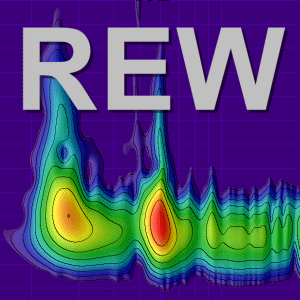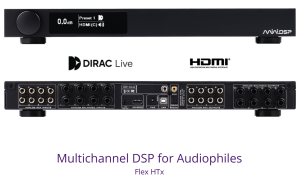dcashel
Registered
Thread Starter
- Joined
- Sep 13, 2021
- Posts
- 9
More
- Main Amp
- Yamaha RTX-V2700
- Front Speakers
- NHT Super One
- Center Channel Speaker
- NHT Super One
- Surround Speakers
- NHT Super One
- Subwoofers
- SVS SB-16 Ultra
Which smoothing in REW is recommended when looking at frequencies below 100Hz and above 100Hz?














